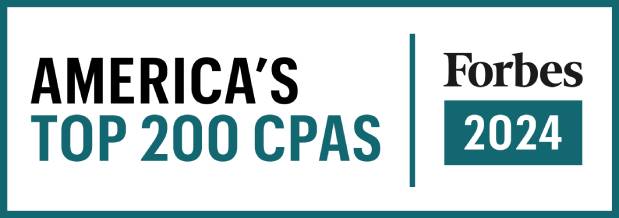The IRS is not known for spelling things out clearly, so in today’s post, I’ll help you understand some of the basics of IRS Code 414, which deals with retirement plan tax law.
I’ll answer some FAQs and give you the 411 on the 414.
What is IRS Code Section 414?
The Internal Revenue Service (IRS) has a code they follow to apply tax law. This is called the Internal Revenue Code (IRC). Within the IRC, Section 414 is where you can find much of the tax law that applies to retirement plans, like 401(k)s and pensions.
Who does IRC Section 414 apply to?
Any employer or employee who participates in an employer-sponsored retirement plan is subject to the tax code in Section 414.
What are the important topics explained in Section 414?
Basically, the tax code in Section 414 lays out this information:
- Definitions of “employer” and “employee” are provided to help determine which businesses can offer retirement plans and who can save for retirement through those plans.
- Rules for establishing and operating retirement plans, including vesting requirements, contribution limits, and distribution rules.
- Specific retirement plan rules for businesses, churches, insurance companies and government agencies.
- Definitions and retirement plan rules for controlled groups, which are businesses that are related or connected in some way.
- Explanations of whether affiliated service groups, which are companies that provide services to each other, should combine their retirement plans for tax purposes.
What is a controlled group according to IRC Section 414?
A controlled group refers to businesses that are closely related, typically through common ownership. Section 414 explains the rules for how you can determine when multiple businesses should be treated as a single employer for the purpose of setting up and operating a retirement plan.
What is an affiliated service group under IRC Section 414?
An affiliated service group refers to businesses that provide services to each other and are closely connected in terms of ownership or control. Code 414 lays out the rule that can be used to determine whether that group of businesses can be treated as a single employer for the purpose of setting up and operating a retirement plan for their employees.
What is a 414(h) plan?
Within IRC Section 414 are specific rules for 414(h) plans. These plans are similar to 401(k) plans with several distinct differences:
- 414(h) plans are for federal, state, or local government employees.
- 414(h) plans allow the employer to “pick up” contributions (more about this in a minute).
- Participation in a 414(h) plan may be mandatory.
- There are no income restrictions for contributing to a 414(h) plan (aka “highly compensated employees”).
- The employee and employer contributions in a 414(h) plan are immediately fully vested.
What are “pick up” contributions?
The 414(h) retirement plan for government employees allows for what the IRS refers to as “pick up” contributions. These “pick up” contributions are employee contributions that the employer is allowed to “pick up” or pay on behalf of the employee.
When the employer picks up the contribution, it triggers these two big tax savings:
- Contributions are excluded from the employee’s income, so no income tax is paid on the contribution amount.
- The employee also doesn’t have to pay Medicare or Social Security taxes on the contribution amount.
In order for the employer to pick up retirement plan contributions, certain tests set by the IRS must be met. These tests have to do with who is taking the “formal action” to make the contributions and where the money winds up.
By the way, even though a 414(h) plan is a great tax-saver, remember that the employee will still pay income taxes when they withdraw their retirement money.
Where can I find help understanding retirement plans?
If you have questions about a specific retirement plan or how your retirement plan(s) affect your taxes now and in the future, don’t wait to speak to a financial advisor or certified public accountant.
If you’ve looked at IRS Code 414, you can see that there are lots of nuances involved in retirement planning, especially for small business owners who want to provide a plan to their employees and themselves. Luckily, I do have some other free articles you can use as resources right now:




